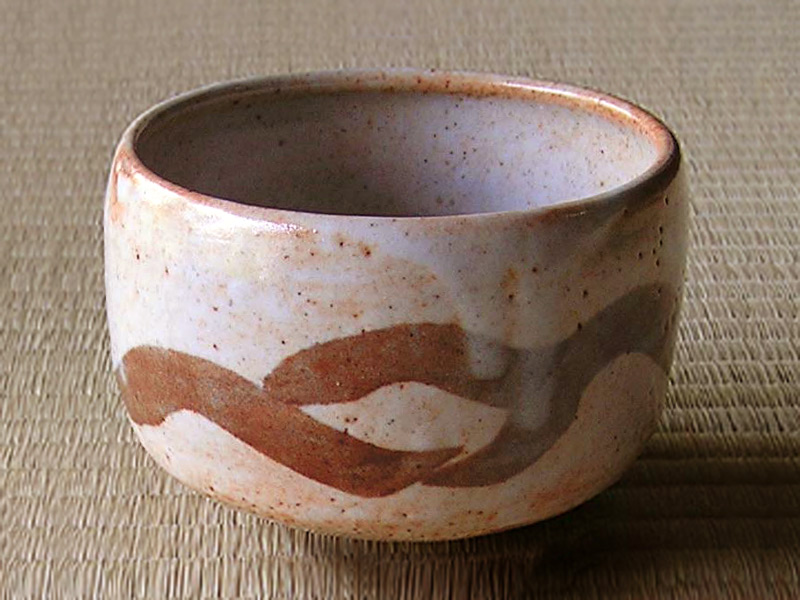|
||
 |
||

@
(C)2001 Japanese Architecture and Art Net Users System.@No reproduction or republication without written permission.
fΪΜeLXgEΚ^ECXgΘΗASΔΜRecΜ³f‘»E]ΪπΦΆά·B
|
||||||
| @ | ||||||
| shinoyaki@uμΔ | ||||||
| KEY WORD :@art history / crafts | ||||||
| @ | ||||||
| Shino uμ ware. One of the best known of Mino wares *minoyaki όZΔ first produced in the Momoyama period. The origin of the name is uncertain, although legend credits as founder the tea adept Shino Soushin uμ@M (di.1491 or 1522), founder of the Shino school of incense. Shinyaki is made from the local clay mogusatsuchi Sy. Beginning in the 1580s earlier ash glaze gave way a feldspathic glaze chousekiyuu ·ΞηΦ which turns a milky white when fired and through which are visible parts of the red body. Beginning in the 1570s, e-shino Guμ (painted shino) were decorated with simple motifs, painted in brown iron-oxide on the vessel body, which show up beneath the semi-opaque glaze. There are several types of shinoyaki : hai-shino Duμ (ash glaze with feldspar), nezumi-shino luμ (gray), beni-shino guμ (crimson), aka-shino Τuμ (red), neriage-shino ϋγuμ (marbled). Nezumi-shino, featuring an iron-rich slip applied with a ladle that fires gray (mouse colored), was often used with the fluid glaze played against etched rectilinear designs which fire white. All types of shinoyaki were prized by tea masters. | ||||||
| @ | ||||||
 |
||||||
@ |
||||||
| REFERENCES: | ||||||
| @ | ||||||
| EXTERNAL LINKS: | ||||||
| @@ | ||||||
| NOTES: | ||||||
| @ | ||||||
(C)2001 Japanese Architecture and Art Net Users System.@No reproduction or republication without written permission. fΪΜeLXgEΚ^ECXgΘΗASΔΜRecΜ³f‘»E]ΪπΦΆά·B |
||||||
| @ |